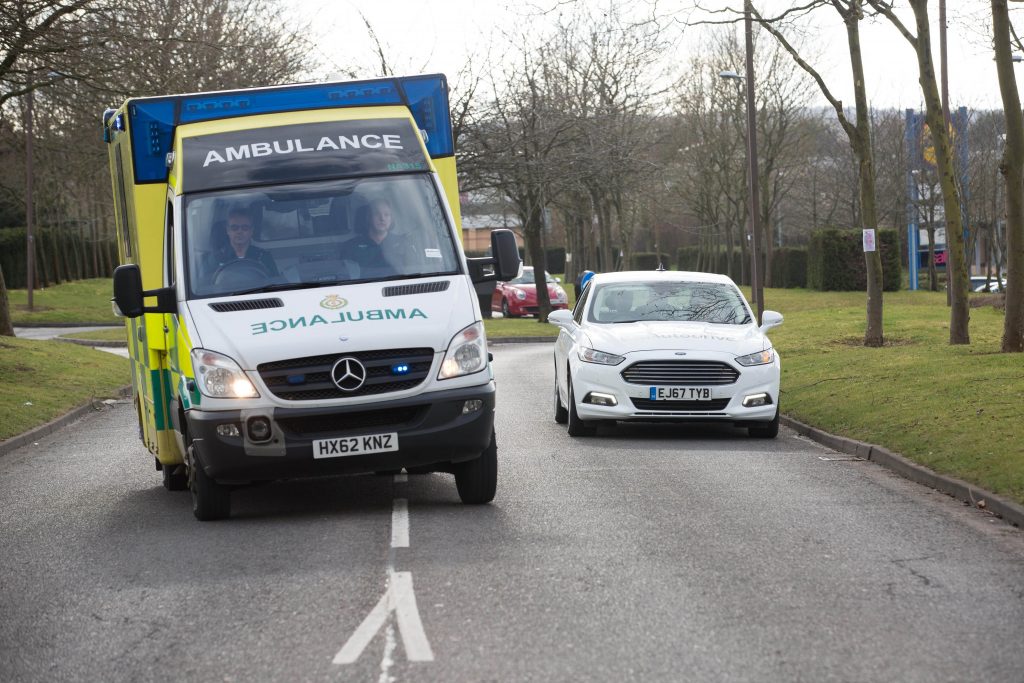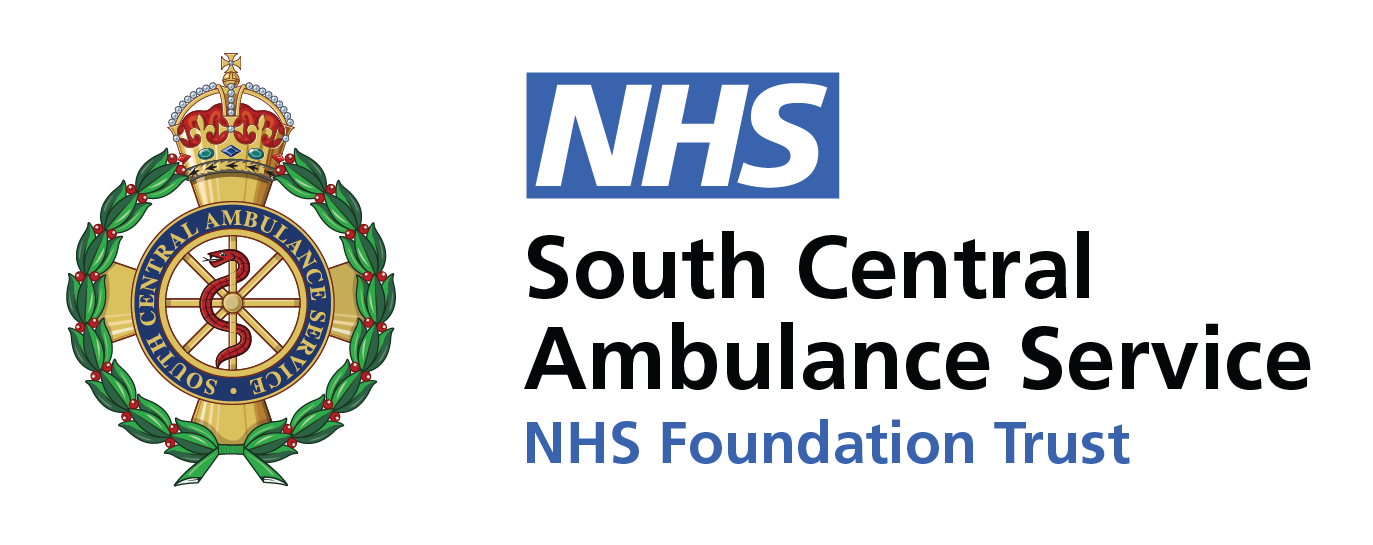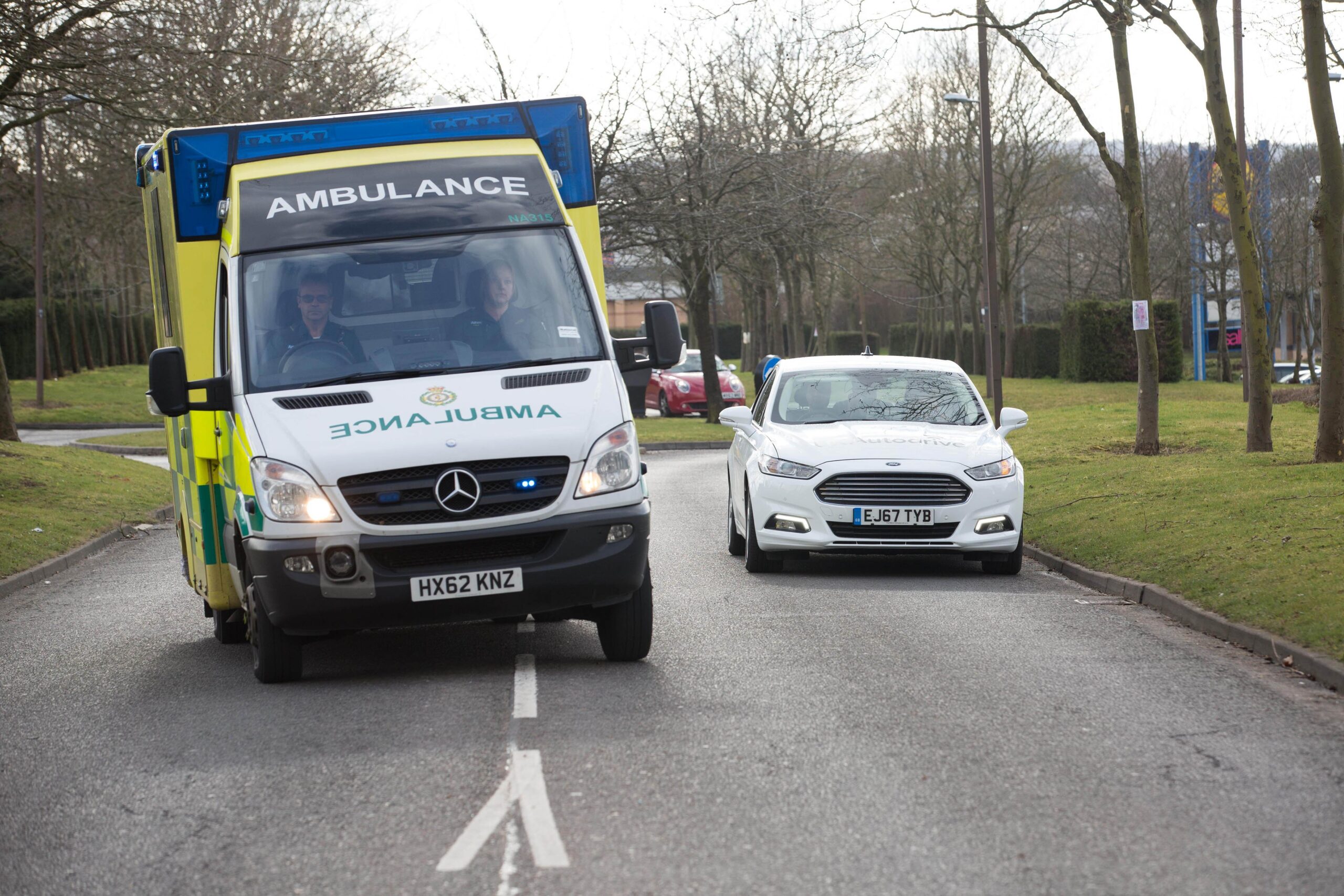The latest figures released by NHS England earlier this month show that South Central Ambulance Service NHS Foundation Trust (SCAS) is one of only two ambulance trusts in England that is currently meeting all its national performance targets for this current year.

All ambulance trusts are measured against the Ambulance Response Programme targets for meeting all categories of emergency 999 calls received. For the current year (April-October) SCAS performance has been:
Life-threatening calls and emergency calls
| Incidents | Mean Target | SCAS | 90th Target | SCAS | |
| Category 1 | 17,621 | >07:00 | 06:58 | >15:00 | 12.41 |
| Category 2 | 146,378 | >18:00 | 15:38 | >40:00 | 31:10 |
Urgent and less urgent calls
| Incidents | 90th Target | SCAS | |
| Category 3 | 101,118 | >02:00:00 | 01:55:33 |
| Category 4 | 8,655 | >03:00:00 | 02:46:54 |
Mark Ainsworth, Director of Operations at SCAS, said:
“I would like to thank all of our staff – from our planning and scheduling teams who ensure we have the right levels of emergency cover, our make ready and maintenance teams who look after our vehicles, to those in our control rooms who answer the 999 calls and arrange the right help for our patients, to those working 24-7 across the South Central region on our frontline ambulances and rapid response vehicles. This is excellent performance at a time of increasing demand on our emergency service and it is only possible thanks to the hard work, dedication and commitment of those staff.”
“Whilst the peak winter and festive period will no doubt again be challenging right across the NHS, I hope it is reassuring for the people who live and work in our region that our emergency 999 performance is not only better than this time last year, but is one of the very best in the country.”
SCAS is supporting the NHS England winter campaign – Help Us Help You – by urging local people to only call 999 or visit A&E over the coming months for life-threatening or serious illnesses and injuries. For less serious illness and injuries, people are being encouraged to call 111 or seek help from local minor injuries units, walk-in centres or pharmacies.
Ends
Notes to editors
Data supplied by NHS England for ambulance trust performance April-October 2018 and available to download here:
https://www.england.nhs.uk/statistics/statistical-work-areas/ambulance-quality-indicators/ (Ambulance System Indicators Time series to October 2018)
Ambulance Response Programme
Category 1 – life-threatening calls
This category relates to calls such as a patient in cardiac arrest or one suffering a severe allergic reaction. The target to respond to such calls is in an average (mean) time of seven minutes and at least 9 out of 10 times (90th percentile) within 15 minutes.
Category 2 – emergency calls
This category relates to calls such as for patients who have suffered a suspected stroke, are fitting or have sustained serious burns. The target to respond to such calls is in an average (mean) time of 18 minutes and at least 9 out of 10 times (90th percentile) within 40 minutes.
Category 3 – urgent calls
This category relates to calls such as for patients who are in the late stages of labour, have non-serious burns or are feeling unwell with a pre-existing condition, such as diabetes. The target to respond to such calls is at least 9 out of 10 times (90th percentile) within 2 hours. Patients may be able to be treated by ambulance staff in their own home.
Category 4 – less urgent calls
This category relates to calls such as for patients who may have illnesses such as diarrhoea and vomiting, or urine infections. The target to respond to such calls is at least 9 out of 10 times (90th percentile) within 3 hours. Patients may be able to be given advice over the phone from ambulance nurses or paramedics, or be referred to other providers such as a GP or Pharmacist.

